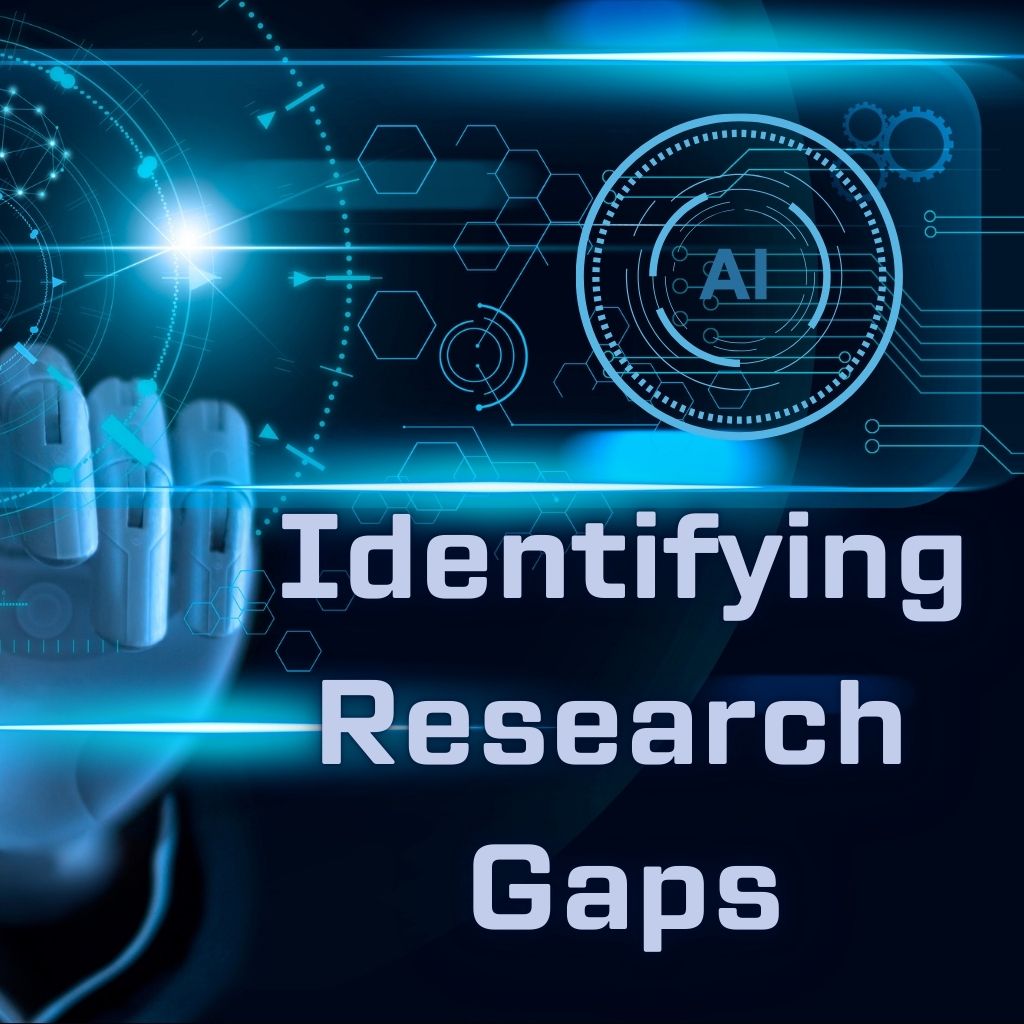Identifying Research Gaps
Identifying research gaps is a crucial aspect of academic research, as it allows scholars to contribute new knowledge to their fields. Research gaps refer to areas in the literature that remain unexplored or under-explored, providing significant opportunities for future studies. This article delves into understanding research gaps, offers future research suggestions, and highlights how MyWordAi.com can facilitate the research process.

Understanding Research Gaps
Identifying research gaps involves recognizing areas that require further investigation. These gaps can be classified into three main types:
- Conceptual Gaps: These arise when existing theories do not adequately explain certain phenomena or when new concepts need exploration.
- Methodological Gaps: These gaps occur when previous studies employed outdated or insufficient research methods that do not yield reliable results.
- Empirical Gaps: These are identified when there is a lack of empirical evidence on a specific topic, indicating the need for new data collection.
Understanding these gaps is essential as they guide researchers in framing their studies and ensuring their work contributes meaningfully to their fields.
Identifying Research Gaps: Literature Review
A thorough literature review is essential for identifying gaps in research. Researchers should utilize academic databases such as Google Scholar, JSTOR, and PubMed to locate existing literature. Key techniques for spotting research gaps include:
- Analyzing References: Reviewing the references of relevant articles to find less-studied areas.
- Identifying Contradictions: Observing conflicting findings among studies can reveal areas needing further exploration.
- Looking for Trends: Keeping an eye on emerging trends can help identify potential research opportunities.
Exploring Unexplored Areas
Unexplored areas often present the most exciting opportunities for researchers. For example, in fields like artificial intelligence, climate change, or public health, there may be numerous aspects that remain under-researched. Pinpointing these areas involves:
- Consulting Experts: Engaging with practitioners in the field to gain insights into what topics require more attention.
- Reviewing Conference Proceedings: Looking at recent academic conferences can reveal current gaps and future directions.
Identifying Research Gaps: Sample Research Section
Exploring Unexplored Areas in Environmental Science
The field of environmental science presents numerous unexplored areas that warrant further investigation. For instance, while there has been extensive research on climate change mitigation strategies, less attention has been paid to the adaptation strategies of local communities in developing countries. Understanding these adaptation mechanisms can provide insights into sustainable practices and enhance resilience against climate change impacts. Researchers can consult experts in the field and review recent conference proceedings to identify specific areas needing more exploration.
Research Opportunities
Identifying new research opportunities can also stem from collaborative efforts and interdisciplinary approaches. Engaging with peers from various disciplines can highlight gaps not immediately visible from a single perspective. Strategies for discovering research opportunities include:
- Networking: Connecting with researchers through academic conferences and social media platforms like ResearchGate.
- Utilizing Databases: Leveraging databases like Scopus or Web of Science to discover recent publications and their cited references can reveal gaps in existing research.
Future Research Suggestions
Once research gaps are identified, it is crucial to propose future research directions. Suggestions can include:
- Innovative Methodologies: Encouraging the use of new technologies and methodologies can pave the way for groundbreaking studies.
- Cross-Disciplinary Studies: Promoting interdisciplinary research can lead to innovative solutions to complex problems.
- Technological Integration: Considering how advancements in technology can shape future research directions.
How MyWordAi.com Can Assist Researchers
MyWordAi.com is an automated academic writing tool, powered by advanced AI, designed to assist researchers in streamlining their writing process. The platform is particularly useful for identifying research gaps and crafting comprehensive literature reviews.
Benefits of Using MyWordAi.com:
- Automated Assistance: It helps researchers generate ideas and structure their papers efficiently without needing to learn AI prompting.
- Enhanced Productivity: By automating routine writing tasks, researchers can focus more on substantive aspects of their research.
Step-by-Step Guide on Utilizing MyWordAi.com:
- Sign Up: Create an account on MyWordAi.com.
- Input Your Topic: Enter your research topic or area of interest.
- Select Features: Choose the features you want to utilize, such as literature review assistance or gap identification.
- Generate Content: Allow the AI to analyze existing literature and generate suggestions.
- Review and Edit: Refine the generated content to align with your specific research needs.
Conclusion
Identifying research gaps is an essential step in advancing academic inquiry. By recognizing unexplored areas and proposing future research directions, scholars can significantly contribute to their fields. For researchers looking to streamline their processes, MyWordAi.com provides an invaluable tool to assist in identifying research gaps and enhancing productivity. Start your research journey today with MyWordAi: Download here.